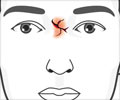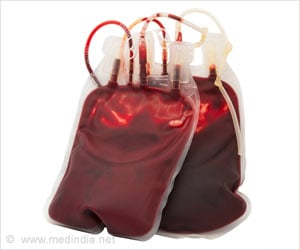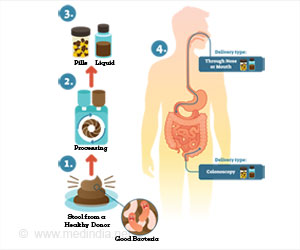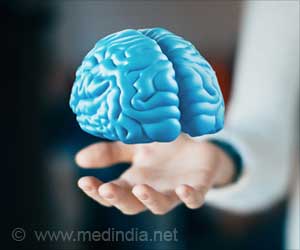Nose cells could be used to repair the spinal cord, researchers at the University of New South Wales (UNSW) say.
Nose cells could be used to repair the spinal cord, researchers at the University of New South Wales (UNSW) say.
Six weeks after injecting cells from the human nose (olfactory ensheathing glia) into the injured spinal cords of rats, the researchers found improvements in the animals' movement."We found improvements in hind limb function of these animals," said Dr Catherine Gorrie, from the Neural Injury Research Unit at UNSW. "They performed significantly better on locomotive tasks than those who didn't have the injections."
This is the first time that cells from the human nose have been used on rats with such injuries, which is an important step towards future clinical trials in humans.
The work has just been presented at the Society for Neuroscience Conference in Washington, DC.
Spinal cord injury affects about 12 000 Australians and there are 300-400 new cases each year, according to StepAhead Australia.
"One of the real positives about using these cells is that they are very accessible," said Dr Gorrie, who is based in the School of Medical Sciences. "It's a relatively simple procedure to take them from the patient and grow more of them and then insert them back into the same person. This reduces the risk of rejection."
Advertisement
Previous work from the Neural Injury Research Unit shows that a delayed transplantation of cells is more effective than injections given at the time of injury. In this case, the animals were given the cells a week after the injury.
Advertisement
The National Adult Stem Cell Research Centre, Griffith University (Queensland) was a collaborator, preparing the cells for the project.
Source-Medindia
GPL/L










